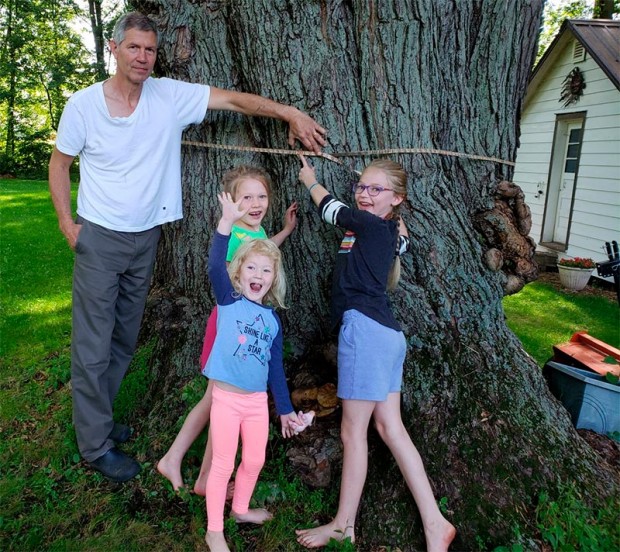
The Michigan Big Tree Hunt Contest, sponsored by ReLeaf Michigan, closes on September 3, 2019. All Michiganders are encouraged to find a Michigan big tree and enter it into the contest. Grab a friend or family member and hunt for the big trees that surround us every day in parks, on nature trails, or in our own backyards.
When the contest closes, certificates and prizes will be awarded for the largest tree submitted from each Michigan county, the largest tree found by a youth hunter (15 and younger) and adult hunter (16 and older), the largest eastern white pine found, and for potential state champion trees.
ReLeaf Michigan, a statewide tree planting and education nonprofit, started the Michigan Big Tree Hunt in 1993 to celebrate our state’s beauty and gather information about Michigan’s biggest trees. Contest entries provide potential state champion trees to Michigan’s Big Tree Registry as well as the National Register of Big Trees.
To enter your big tree or to learn more, visit www.bigtreehunt.com.
